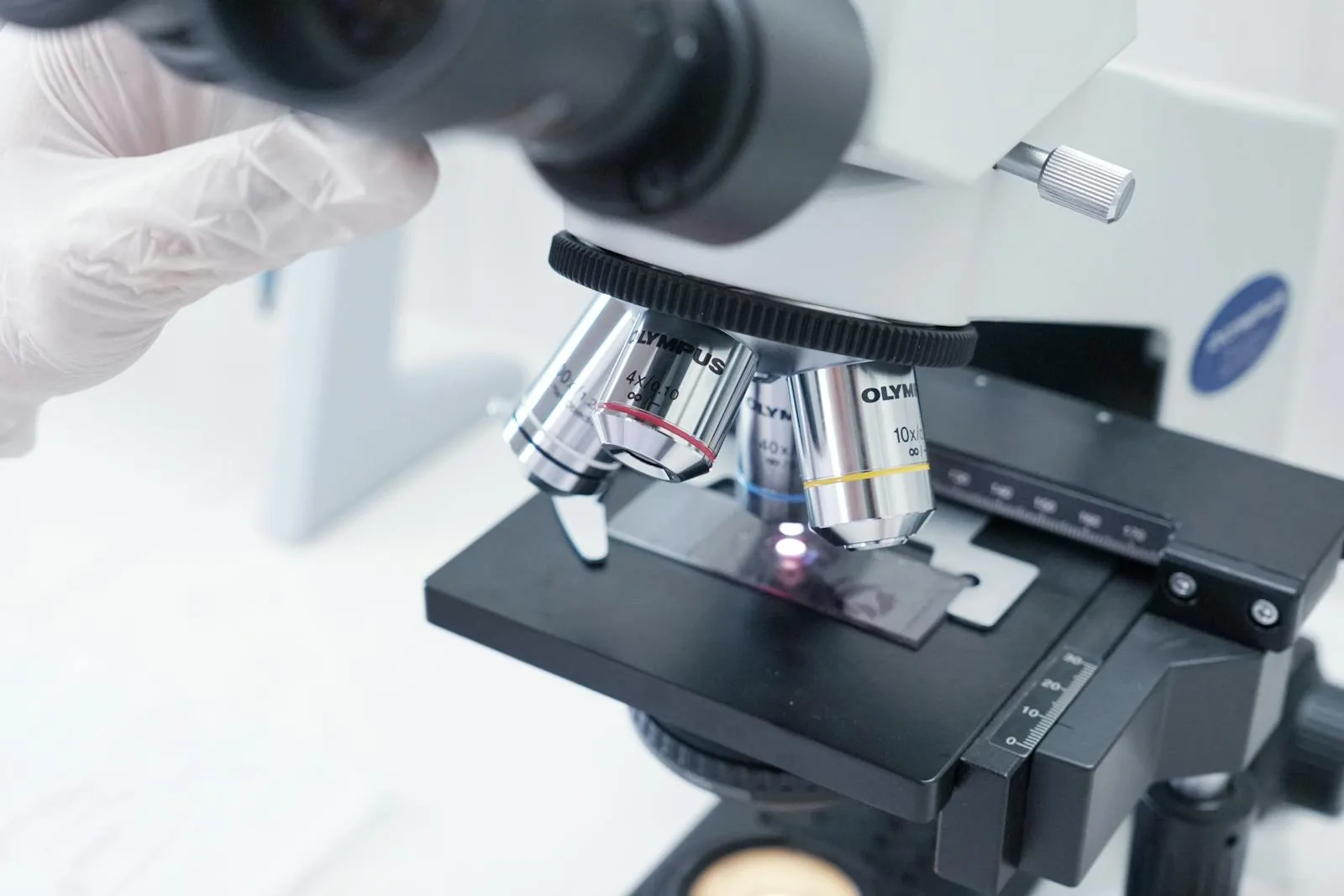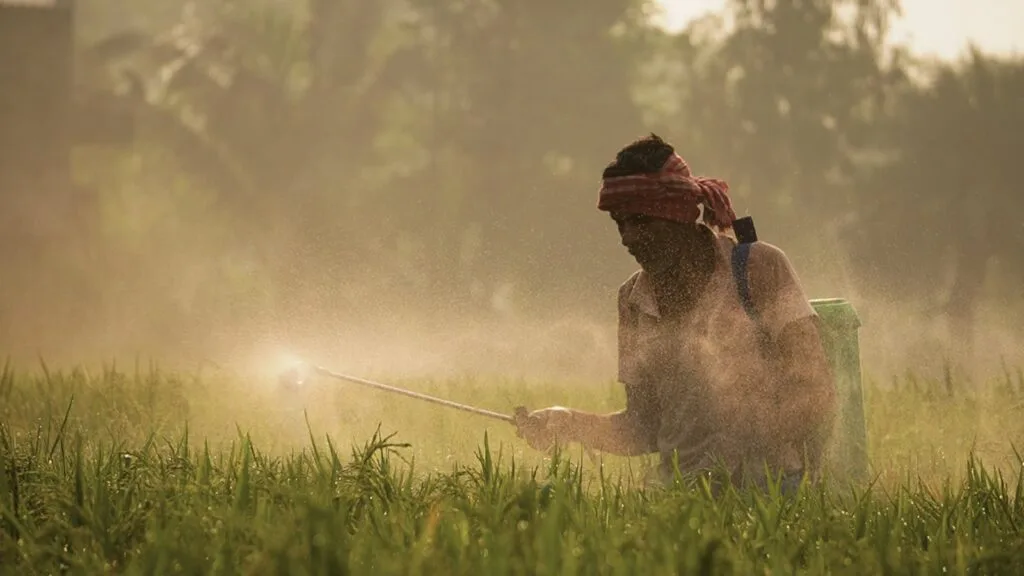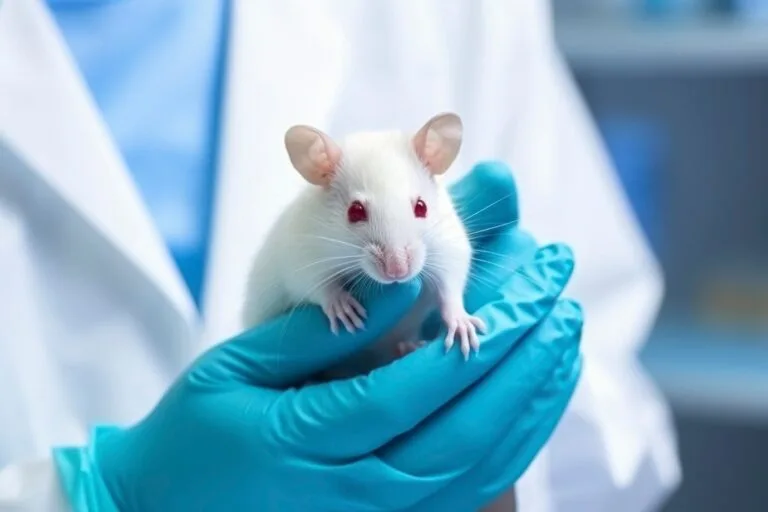
Let’s Learn More About the Pesticide Eye Irritation Test Using the Isolated Chicken Eye (ICE) Method!

Eye irritation testing is an essential step in assessing the safety of chemical substances, including active ingredients in pesticides, before they are widely marketed. The primary goal of this testing is to ensure that exposure to a product does not cause harm to the human eye and to provide a scientific basis for product labeling in accordance with safety standards. For many years, the Draize rabbit eye test has served as the gold standard for eye irritation testing.
This method involves the use of live rabbits as test animals, employing a clinical scoring system to record the severity and duration of irritation that occurs over a period of 1 to 21 days after chemical exposure. However, the use of live animals in such testing has raised ethical concerns and issues regarding animal welfare, prompting the development of more humane alternative methods. One such method that is increasingly being adopted is the Isolated Chicken Eye (ICE) test, an in vitro approach. This article will discuss the ICE method and its potential application in testing pesticide products.
- Advancing In Vitro Approaches for Eye Irritation Assessment of Pesticide Products
- The Isolated Chicken Eye (ICE) Method as an Alternative for Eye Irritation Testing in Pesticide Products
Advancing In Vitro Approaches for Eye Irritation Assessment of Pesticide Products
With the growing concern for animal welfare, various in vitro methods have been developed and validated as alternatives to traditional in vivo eye irritation tests on live animals. These methods aim to detect compounds that are corrosive to the eyes as well as those classified as mild to moderate irritants, in accordance with the Globally Harmonized System (GHS) classification from non-classified (NC) chemicals to eye irritants. For an in vitro method to be accepted as a replacement for rabbit eye irritation tests, such as the Draize test, several critical criteria must be met:
1. Three-Dimensional Injury Assessment
The method must be capable of assessing injury in a three-dimensional manner, as eye injury is not limited to the surface but involves deeper tissue layers. Therefore, observations must go beyond the outermost layer and include internal structures of the eye.
2. Measuring the Level of Cytotoxicity
The extent of injury or damage should be measurable based on cytotoxicity levels, i.e., the degree to which a chemical damages or kills corneal cells. This is important to determine the severity of a substance’s impact on eye tissue.
3. Evaluation of All Major Corneal Layers
The assessment must cover all major layers of the cornea: the epithelium as the outermost layer, the stroma as the middle structural layer, and the endothelium as the innermost layer responsible for fluid balance and corneal clarity.
4. Identification of Diffuse and Focal Injury Patterns
The method must be able to differentiate between diffuse injuries (evenly spread across the cornea) and focal injuries (severe damage localized to a specific area). This capability is essential for providing a detailed picture of the damage pattern caused by a chemical.
5. Monitoring Injury at Multiple Time Points
The replacement method should allow for injury assessment at multiple time points, such as one hour after exposure, 24 hours, or even several days later, to determine whether the damage worsens, remains stable, or shows signs of healing.
These criteria serve as key guidelines in the development and evaluation of alternative eye irritation testing methods, ensuring that the results truly reflect the real risks to humans in a more ethical and scientifically sound manner. Through this approach, in vitro methods like ICE can be tested for consistency in predicting irritation effects without the need for new animal testing. In addition to supporting research ethics, this strategy also promotes efficiency, consistency, and international acceptance in chemical risk assessment, including for active ingredients in pesticide products.
The Isolated Chicken Eye (ICE) Method as an Alternative for Eye Irritation Testing in Pesticide Products

The use of the Isolated Chicken Eye (ICE) method holds significant potential in the testing of pesticide active ingredients, particularly for evaluating the potential eye irritation caused by pesticide products before they are used by consumers or agricultural workers. Pesticide products typically contain chemical compounds with high toxicity potential, making local toxicity testing, such as eye irritation testing, a critical step in the product registration and labeling process. The Isolated Chicken Eye (ICE) method involves eye irritation testing using chicken eyes obtained from slaughterhouses.
This method is considered more ethical as it does not involve the use of live animals and is capable of providing relevant results for assessing the irritation potential of chemical substances, including pesticides. In the ICE method, the analysis includes observation of corneal opacity, swelling, and epithelial damage following exposure to pesticide substances. This approach provides an objective indication of the potential risk posed to human eyes, particularly for users who may be accidentally exposed to splashes or vapors during pesticide application.
One of the key advantages of this method in the context of pesticide testing is its ability to detect corrosive effects or severe irritation caused by Category 1 chemicals under the Globally Harmonized System (GHS), a classification commonly associated with pesticide formulations containing strong acids, bases, or certain organic solvents. The Globally Harmonized System of Classification and Labeling of Chemicals (GHS) is an international system used to classify chemicals based on their hazard level and provides global standards for labeling and preparing safety data sheets (SDS).
The GHS enables information about chemical risks to be communicated consistently and easily understood by manufacturers, regulators, and users across countries. Validation through OECD Test Guideline 438 has shown that ICE has high accuracy, making it a reliable scientific basis for risk assessment and regulatory decision-making concerning pesticide products. OECD Test Guideline 438 (OECD TG 438) is the official test guideline published by the Organisation for Economic Co-operation and Development (OECD) for the Isolated Chicken Eye (ICE) method.
This guideline describes how to perform eye irritation and corrosivity testing using chicken eyes obtained from farmed animals (not from specific experiments). OECD 438 is used to:
- Assess the potential of chemicals, including pesticides, to cause moderate to severe irritation or permanent damage to the eye.
- It serves as a non-live animal alternative to the Draize rabbit eye test.
- Provides a valid and internationally recognized scientific basis for the regulation and risk assessment of chemical products.
However, it is important to note that certain pesticide substances may lead to false negatives in ICE testing. This means that although the test results indicate no irritation, the substance may still cause mild to moderate eye irritation. Therefore, ICE data should ideally be complemented with additional chemical information and other toxicological data to ensure a comprehensive evaluation, especially for specific types of pesticide formulations.
Ensure your pesticide products are safe to use by conducting laboratory tests according to safety standards. Proper testing helps detect potential hazards early and maintains consumer confidence. Conduct testing now to ensure your pesticide products are ready for safe and reliable distribution.
Author: Dherika
Editor: Sabilla Reza
References:
Europan Comission. Eye iritation: The Isolated Chicken Eye (ICE) Test. Retrieved from https://joint-research-centre.ec.europa.eu/ (Accessed: May 17th, 2025).
Lebrun, S., Nguyen, L., Sara, C., Roxanne, C., Debby, L., Minh, N., & James, V.J. (2021). Same-Chemical Comparison of Nonanimal Eye Irritation Test Methods: Bovine Corneal Opacity and Permeability, EpiOcular™, Isolated Chicken Eye, Ocular Irritection®, OptiSafe™, and Short Time Exposure. Toxicol In Vitro, 72. Doi:10.1016/j.tiv.2020.105070.
Prinsen, M.K., Schipper, M.E.I., & Wijinands, M.V.W. (2011). Histopathology in the Isolated Chicken Eye Test and Comparison of Different Stainings of the Cornea. Toxicology in Vitro, 25, 1475-1479. Doi:10.1016/j.tiv.2011.04.028.



